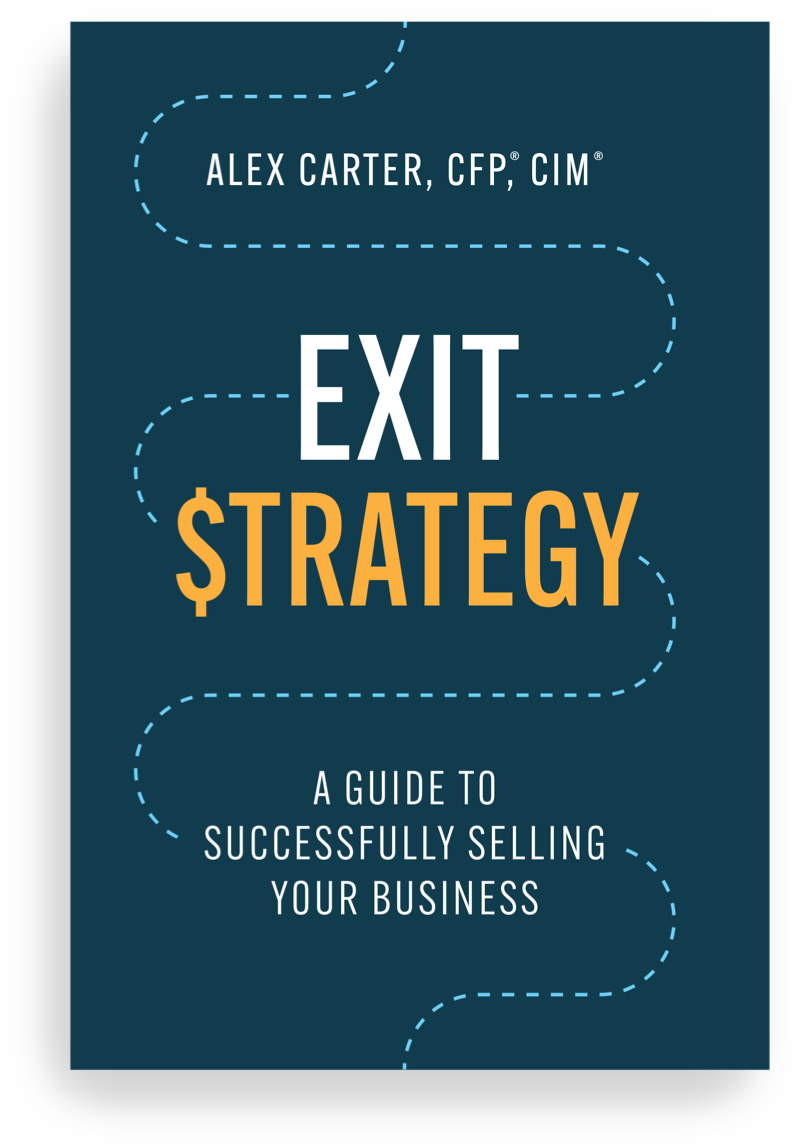In the world of finance, the media tends to cover the “big names” with awe. They dutifully record the pronouncements of billionaire investors, and scour regulatory filings to see where large funds are placing bets.
At one level, this is totally understandable. For an individual to have amassed so much money, they often made prescient decisions at some point. And in the case of large, so-called “institutional” investors, they’re often staffed with bright people and given money to invest by the ultra-wealthy.
So, should the average investor copy what these “pros” are doing?
Generally speaking, no.
It may surprise you to hear this, but there’s no reliable connection between the fame of these large investors and their returns.
In fact, there’s quite a bit of evidence that in recent years, bigtime investors and investment funds have actually underperformed.
For example, some of the people who made headlines by successfully betting against the U.S. housing market before its collapse have not come close to replicating those gains. One of those investors, billionaire John Paulson, actually saw a fund his firm manages plunge 70% in four years.
And it’s not just specific people that have lagged: 2018 was the first year in a decade that an index of hedge funds actually outperformed the S&P 500 plus its dividends. To give you a sense of how highly paid hedge funds are, their typical fee structure is known as “2 and 20”; 2% on assets under management, and then 20% of all profits. And yet they still have done badly!
Yet more proof is seen in how large university endowments have performed.
As the publication Institutional Investor explained it late last year:
Endowments and foundations have underperformed broader markets since the financial crisis, lagging behind a simple 60-40 portfolio of stocks and bonds. The worst-performing non-profits, however, were large university endowments, according to a paper from the National Bureau of Economic Research…These results “support the conclusion that the investment wisdom of top universities is largely a myth, as one could expect to earn these types of returns simply by chance,” authors Dahiya and Yermack argued.
Lessons for Investors
For the individual investor, it’s important to not just blindly follow what the “august” names in finance are doing with their money. In other words, just because a well-known hedge fund manager is bullish on a certain stock doesn’t mean it’s a wise idea to buy it. And just because some large funds publicly think there could be a market crash doesn’t mean that will happen, either. They don’t have a greater crystal ball than anyone else.
There is actually some good news, however, when you step back and consider all of the evidence of how the big names fare against the market. And the good news is that for all the resources the billionaires and hedge funds have, it doesn’t appear to put them at any advantage against a well-diversified portfolio of stocks and bonds held by the typical investor.
Another way of saying this: bigger doesn’t mean better when it comes to investing.



